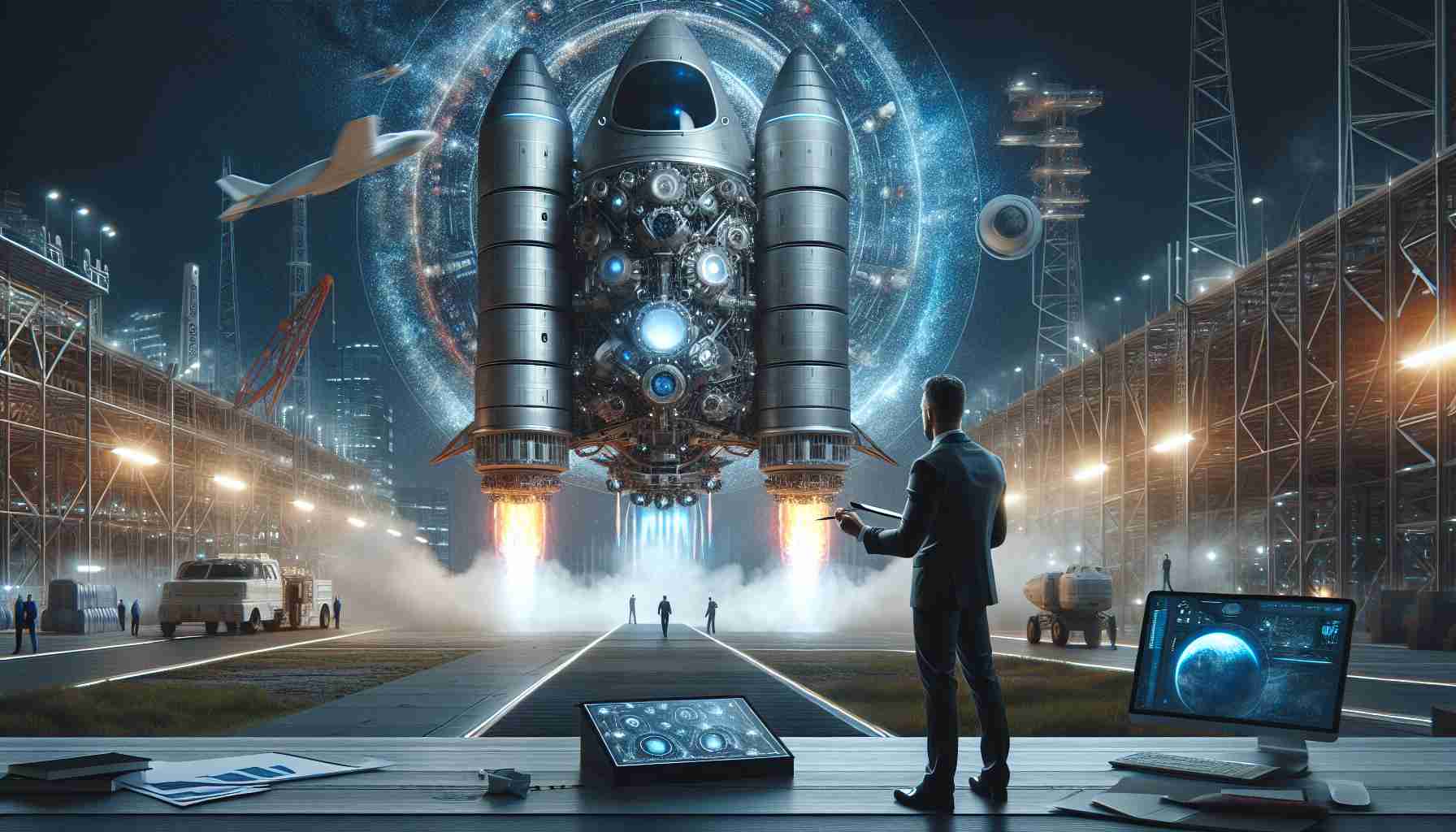
Elon Musk continues to push the boundaries of space exploration with his revolutionary spacecraft, Starship, representing a significant leap in rocket technology. Developed by SpaceX, Starship stands out as the largest and most powerful rocket ever constructed, designed with a focus on reusability. Unlike traditional rockets, this advanced spacecraft aspires to operate similarly to commercial airplanes, allowing for quick landings, refueling, and subsequent launches within hours.
The next test flight for Starship is scheduled for October 13, 2024, following the acquisition of necessary launch permissions. This marks the fifth attempt for the spacecraft. A crucial aspect of this mission is to observe the return phase, particularly how the Super Heavy booster lands. Past attempts resulted in ‘splashdowns,’ but this time they aim for a controlled landing back at the launch site.
Despite not having conducted crewed missions yet, SpaceX has aspirations to eventually ferry humans to Mars. While manned flights remain in the distant future, Starship’s specifications are noteworthy, showcasing its immense capabilities. The two-stage vessel is equipped with thirty-three engines, producing substantial thrust, far exceeding that of typical commercial airplanes.
Starship’s previous flights have provided valuable data, despite some challenges like early explosions. Each flight contributed to refining the technology, bringing Musk and his team one step closer to making their vision of accessible space travel a reality.
Elon Musk’s Ambitious Starship Project Aims to Transform Space Travel
Elon Musk, the CEO of SpaceX, is not just dreaming about the future of space travel; he is actively shaping it through the development of Starship. This ambitious project aims to usher in a new era of space exploration and lifestyle, propelling humanity towards interplanetary travel, specifically targeting Mars as an eventual destination.
What Makes Starship Unique?
Starship is notable not only for being the largest and most powerful rocket ever constructed but also for its innovative design and reusability. It stands about 120 meters tall when stacked with the Super Heavy booster and boasts a payload capacity of up to 100 metric tons to low Earth orbit, a feat unmatched by any current spacecraft. The spacecraft’s stainless steel structure allows it to withstand extreme temperatures during re-entry, enhancing its durability for multiple flights.
Key Questions About Starship
1. When will crewed missions to Mars commence?
– SpaceX has hinted at potential crewed missions to Mars in the late 2020s, contingent on the successful testing and operation of Starship. Aiming for a sustained human presence on Mars is a long-term goal.
2. What are the primary risks involved in the Starship program?
– Risks include the challenges related to rocket reusability, safe landing techniques, and the unpredictable nature of space travel. Additionally, regulatory hurdles and public safety concerns are ongoing challenges.
3. What role does Starship play in the broader context of space exploration?
– Beyond Mars missions, Starship is also designed to support lunar exploration, including NASA’s Artemis program, which aims to return humans to the Moon and establish a sustainable presence there.
Key Challenges and Controversies
Despite the excitement surrounding Starship, there are significant challenges and controversies. One major concern is the environmental impact of launching large rockets frequently. Critics have raised issues regarding the potential harm to local wildlife and ecosystems near launch sites, particularly in areas like Boca Chica, Texas, where SpaceX has established its launch facility.
Additionally, the rapid pace of development and testing has raised safety concerns. Musk’s ambitious timeline often appears optimistic, and setbacks have prompted discussions in both scientific and public circles about accountability in space exploration.
Advantages and Disadvantages of Starship
Advantages:
– Cost Efficiency: The essence of Starship’s design is reusability, which could significantly reduce the cost of access to space.
– Payload Capacity: Starship’s impressive capacity could make it the go-to option for heavy payloads, including satellites, scientific instruments, and equipment for Mars colonization.
– Crew Mission Potential: If successful, it could transform human space travel and open the door for tourism and habitation on other planets.
Disadvantages:
– Environmental Concerns: Increased launch frequency might lead to adverse environmental effects, raising questions about sustainability.
– Safety Risks: High-profile failures during testing have raised concerns about the safety of manned missions.
– Regulatory Hurdles: SpaceX must navigate a complex environment of regulations that govern aerospace operations, which can slow progress.
Conclusion
With Starship, Elon Musk envisions a future where space travel is as common as air travel, fundamentally altering our relationship with the cosmos. While the path is fraught with technical challenges and ethical considerations, the long-term implications of successful missions could be profoundly transformative for humanity.
To learn more about Elon Musk’s vision for the future of space travel, visit the official SpaceX website at SpaceX.



